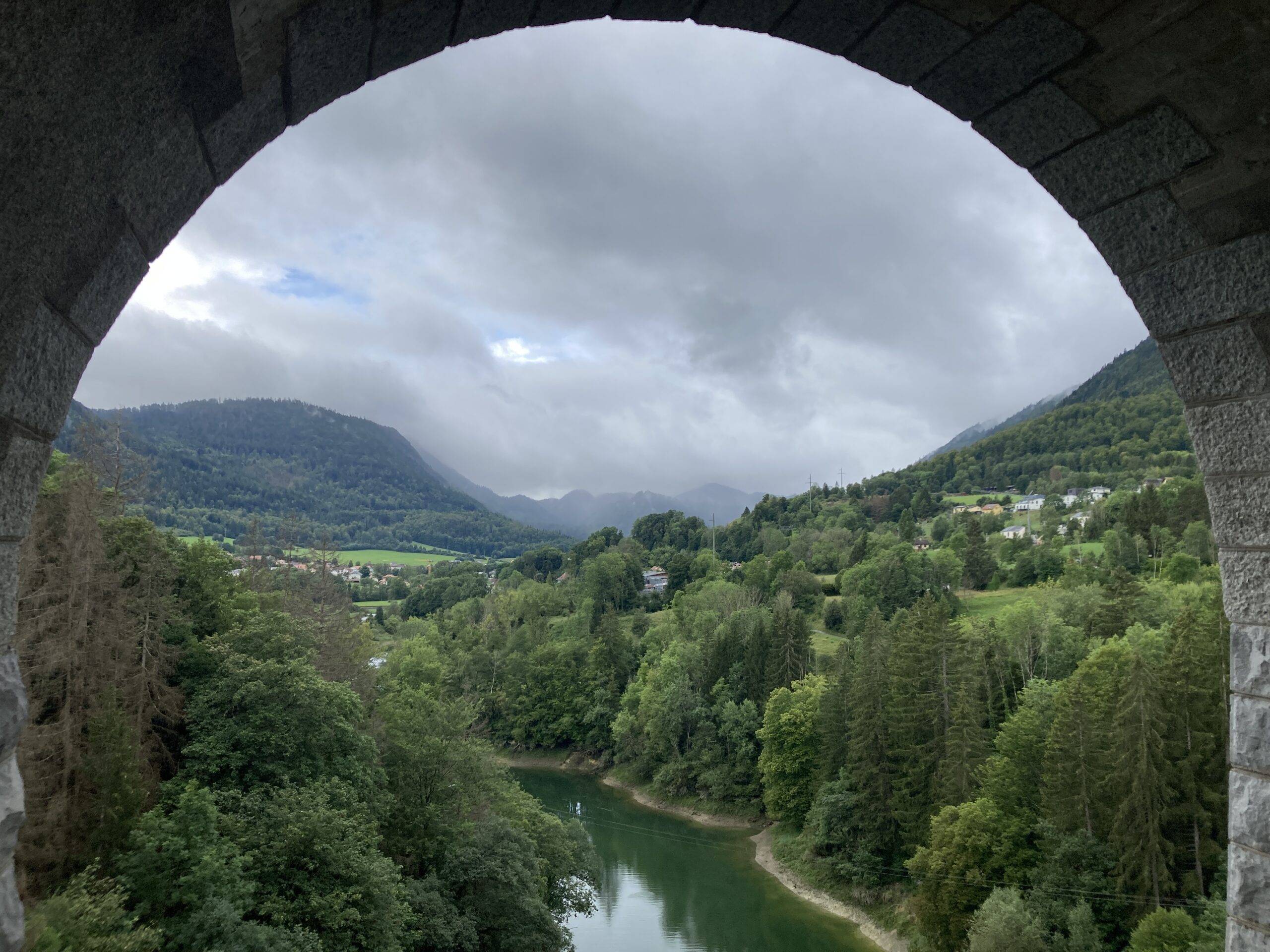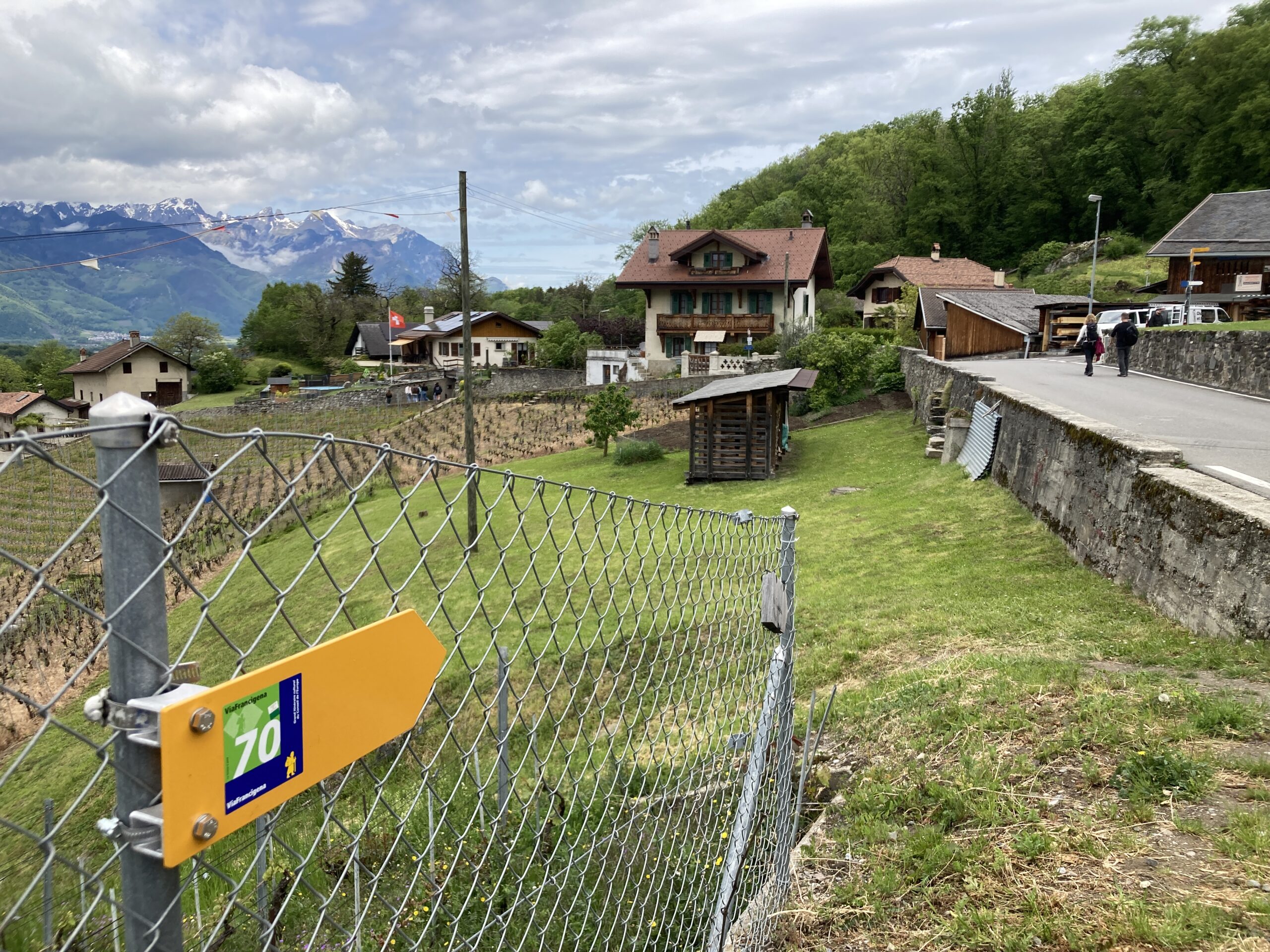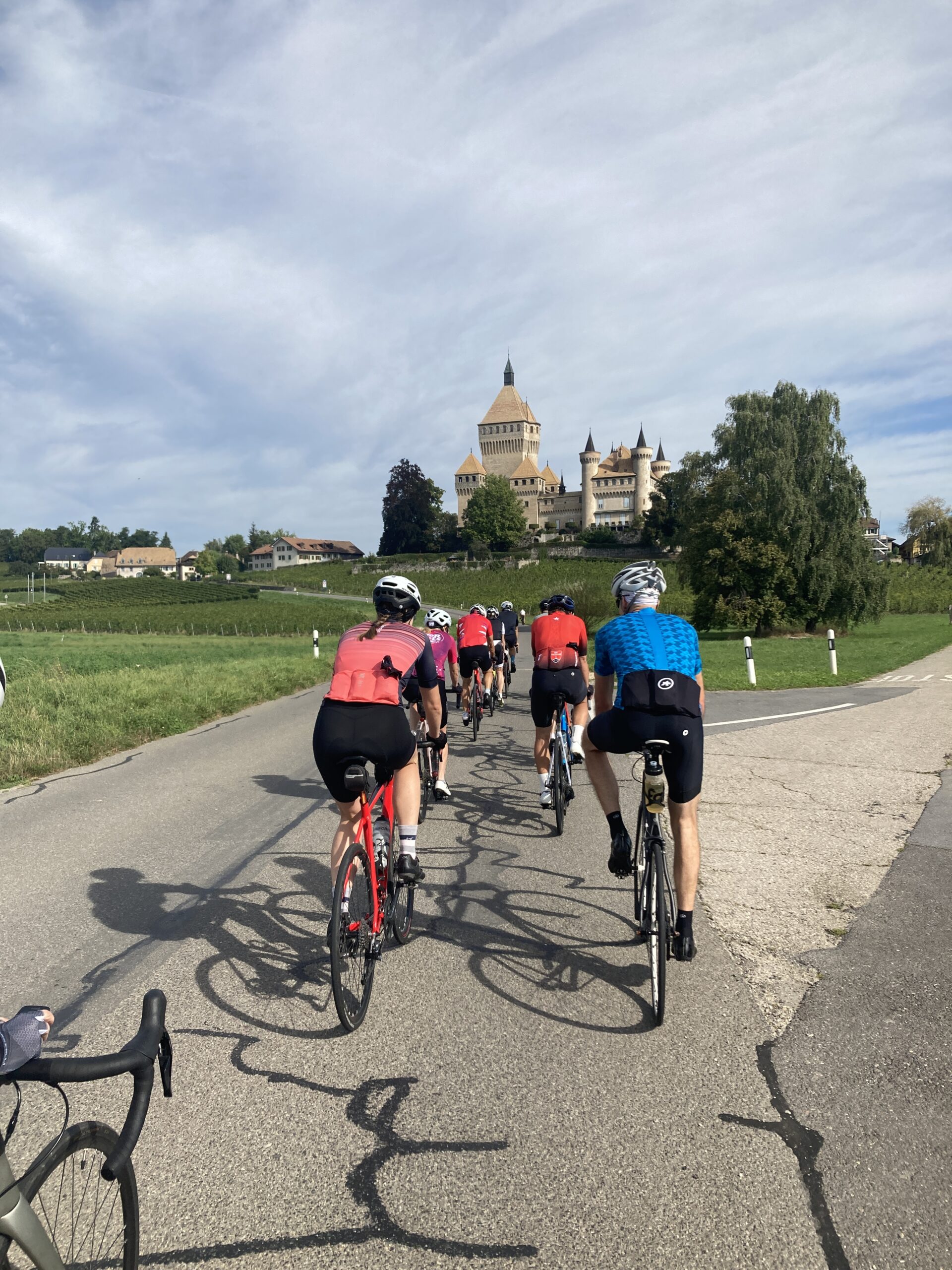Tag: switzerland
-

Two Five Kilometre Hikes and a Run in Gruyère
Reading Time: 2 minutesYesterday I woke up feeling tired so I questioned whether I should cancel the Gruyère hike but chose not to. I felt more tired than usual and I couldn’t understand why until I checked my activities. I ran five kilometres on Friday, then again on Saturday, and then Sunday I went for…
-

Waiting For Evenning
Reading Time: 2 minutesNormally I like to do things in the morning because I wake naturally between 0600-0800. Today was no exception. I could easily have got ready to do the hike, and then do the via ferrata but the thing that really blocked me is the one hour twenty drive from Le Pont to…
-

Hiking from Vallorbe to Orbe on Foot.
Reading Time: 3 minutesHiking from Vallorbe to Orbe is possible by following the foot path that goes along the River Orbe. If the river looks a little slow, and stagnant compared to what you would expect there is a simple reason. There is a hydroelectric dam that is slowing the flow of water. When I…
-

Walking to La Grotte aux Fées and Bisons
Reading Time: 2 minutesIt’s good to browse Komoot because sometimes you find nice hikes to enjoy. Today I drove towards Vallorbe and specifically Juraparc. Juraparc is a park with bisons, wolves, alpacas, goats and bears. I saw the goats, the alpacas, the bison and deer. I didn’t look for the bears and wolves. The [hike…
-

From La Sarraz to Romainmotier and Back
Reading Time: 2 minutesIt is possible to walk from La Sarraz to Romainmotier and back with barely any time spent on roads. You can get there by train b taking a train to Renens, and then switching to a train from Renens to La Sarraz. You can also drive to La Sarraz via the motorway…
-

The Swiss Via Francigena Route
Reading Time: < 1 minuteTwice I walked on hikes that had portions of the Francigena and now I am curious to try this hiking trail. It goes from Cantebury to Rome but I don’t think I would do the first half, or if I did I could easily pop home when around Montreux. The Francigena…
-

Walking from Bex to Aigle
Reading Time: 2 minutesYesterday I caught a train from Nyon to Bex without the need to change from one train to another. In the process I had an opportunity to re-acclimate myself to being surrounded by others, indoors, without a mask. Luckily the wagon wasn’t too crowded so I wasn’t overcome with the desire to…


